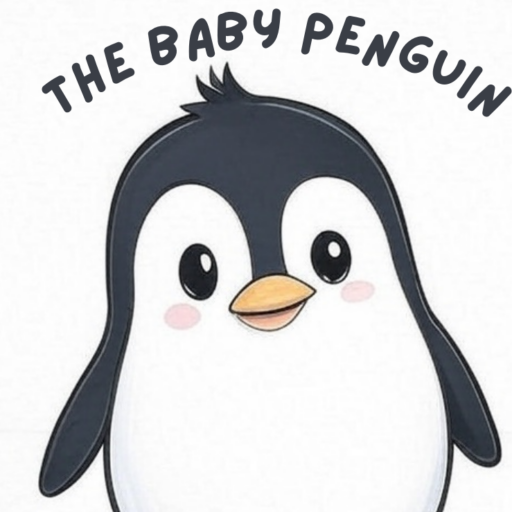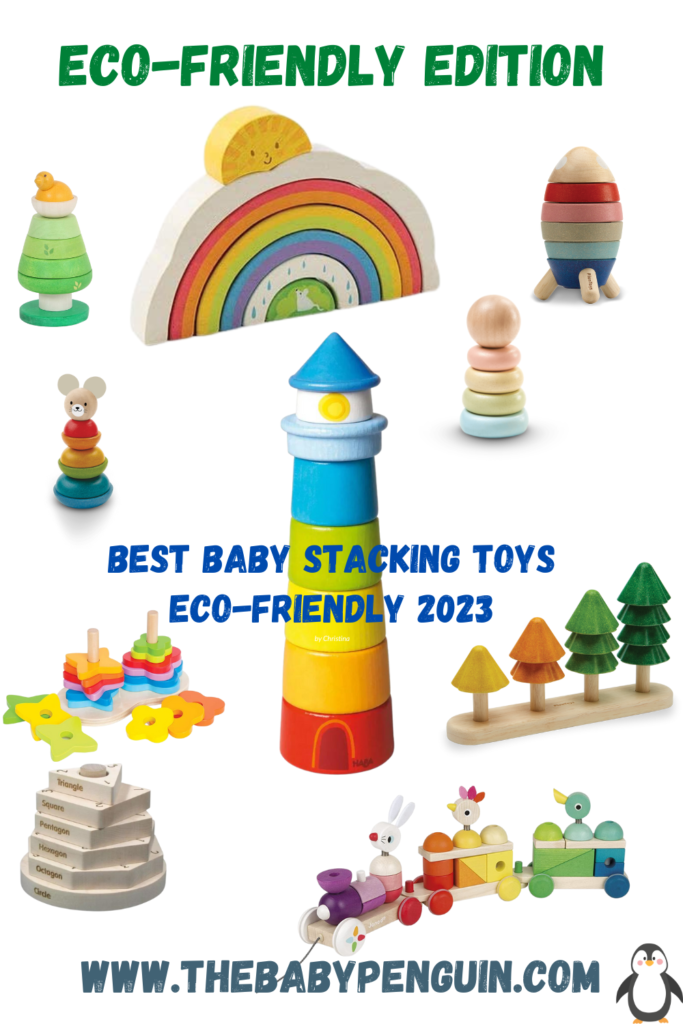Table of Contents
ToggleThe Hidden Costs of Cheap Toys: Why Buying Cheap Toys on Amazon is a Mistake
In the quest to save money and keep children entertained, many parents turn to the seemingly endless supply of inexpensive toys available on platforms like Amazon. These toys, often manufactured in China, come with a low price tag that can be hard to resist. However, the true cost of these cheap toys extends far beyond the few dollars spent. This article aims to shed light on the hidden costs and consequences of buying cheap toys, and why it’s time for parents to make more informed, responsible choices. To really see what happens in China, see my article here!

The Environmental Toll
Cheap toys are frequently made from non-recyclable plastics and other harmful materials. The production of these materials involves processes that release significant amounts of pollutants into the environment, contributing to air and water pollution. Additionally, the toys’ short lifespan often means they quickly end up in landfills, where they can take hundreds of years to decompose, further exacerbating the global waste crisis.

The Human Cost
The allure of cheap toys is made possible by the exploitation of workers in countries like China, where labor laws are often lax and enforcement is minimal. Factory workers, including children, are subjected to grueling working conditions, long hours, and meager wages. By purchasing these toys, consumers inadvertently support a system that prioritizes profit over human dignity and rights.

The Hidden Health Risks
Cheap toys often come with hidden health risks for children. Many of these toys do not meet rigorous safety standards and can contain toxic substances like lead, phthalates, and BPA. These chemicals can have detrimental effects on children’s health, leading to issues such as developmental delays, hormonal imbalances, and even chronic diseases.

The Impact on Child Development
Beyond physical health, cheap toys can also negatively impact a child’s cognitive and emotional development. These toys are often designed to be quickly produced and lack the educational value and durability of higher-quality toys. Children may become bored quickly, leading to a cycle of constantly needing new toys, which only exacerbates the environmental and economic costs.

The Economic Impact
While the initial cost of cheap toys is low, the long-term economic impact can be significant. These toys tend to break easily, requiring frequent replacements. Over time, the money spent on multiple cheap toys can far exceed the cost of investing in a few high-quality, durable toys. Additionally, the environmental and health impacts of these toys can lead to higher societal costs in terms of healthcare and environmental cleanup.

Buy in the USA: Supporting Local Economies and Ensuring Quality
One of the best ways to avoid the pitfalls of cheap toys is to buy toys made in the USA. American-made toys often adhere to stricter safety and environmental standards, ensuring higher quality and safer products for children. By purchasing toys produced domestically, parents can support local economies and contribute to job creation within their communities. Additionally, buying locally reduces the carbon footprint associated with shipping products from overseas, further benefiting the environment.
Making More Informed Choices
Parents have the power to make more informed and responsible choices when it comes to purchasing toys. By opting for sustainable and ethically-produced toys, they can help mitigate the negative impacts on the environment, workers, and their children’s health. Look for toys made from natural, non-toxic materials, and those that come with certifications ensuring ethical production practices.
Conclusion: The True Cost of Cheap Toys
In conclusion, the low price of cheap toys on platforms like Amazon hides a multitude of hidden costs. From environmental degradation and worker exploitation to health risks and economic impacts, the true cost of these toys is much higher than the price tag suggests. By making more informed choices and investing in sustainable, high-quality toys, parents can help create a better future for their children and the planet.
By raising awareness and choosing responsibly, we can shift towards a more sustainable and ethical toy industry that benefits everyone involved, especially our children. Please share this message to help spread the wonderful word of sustainable toys.










